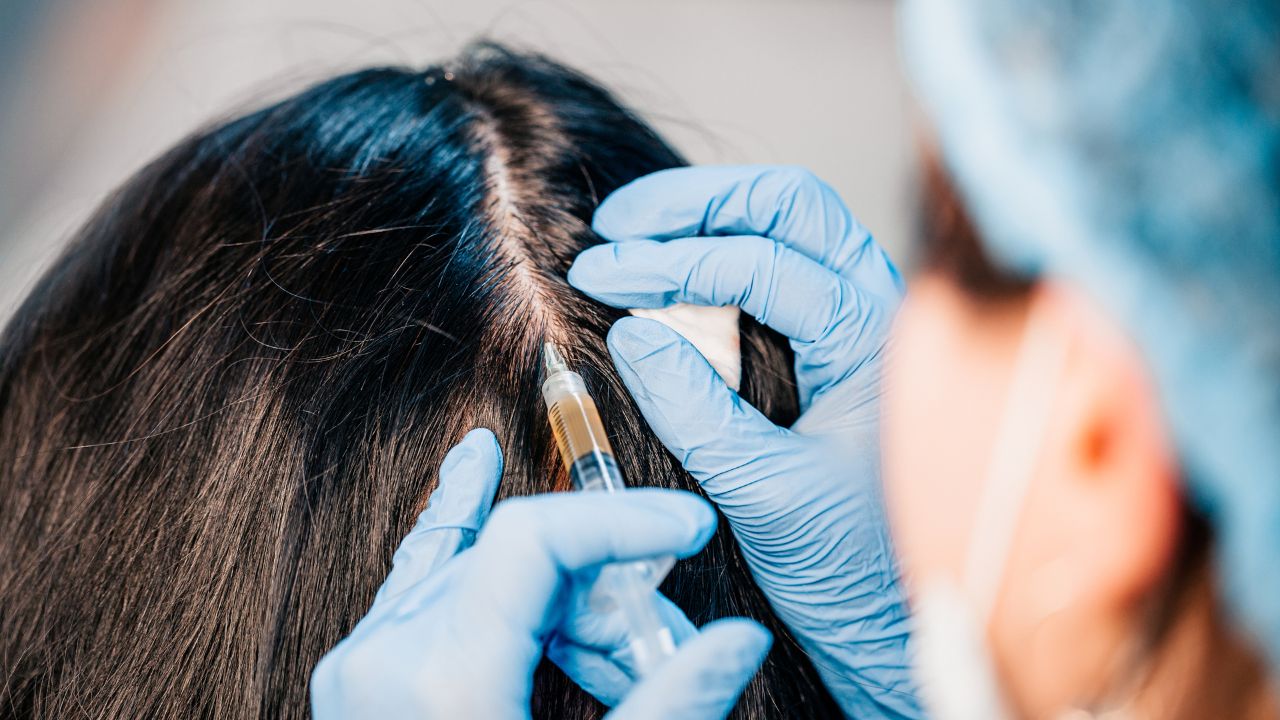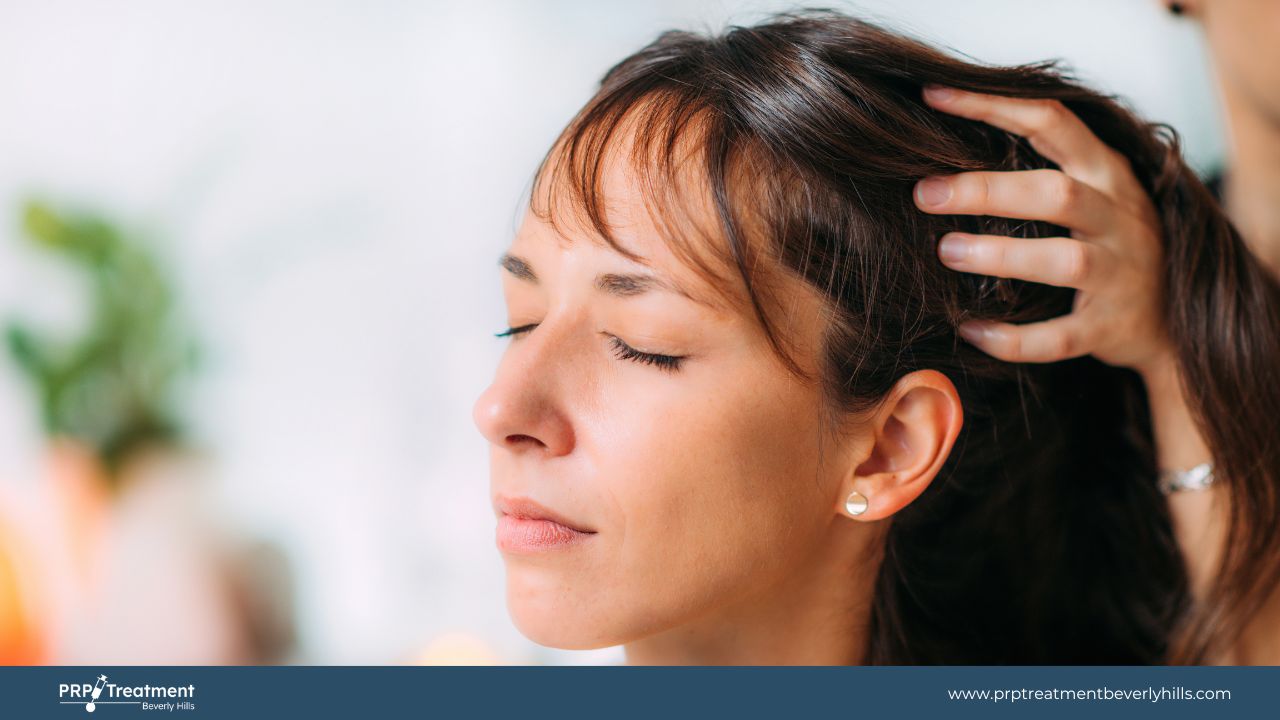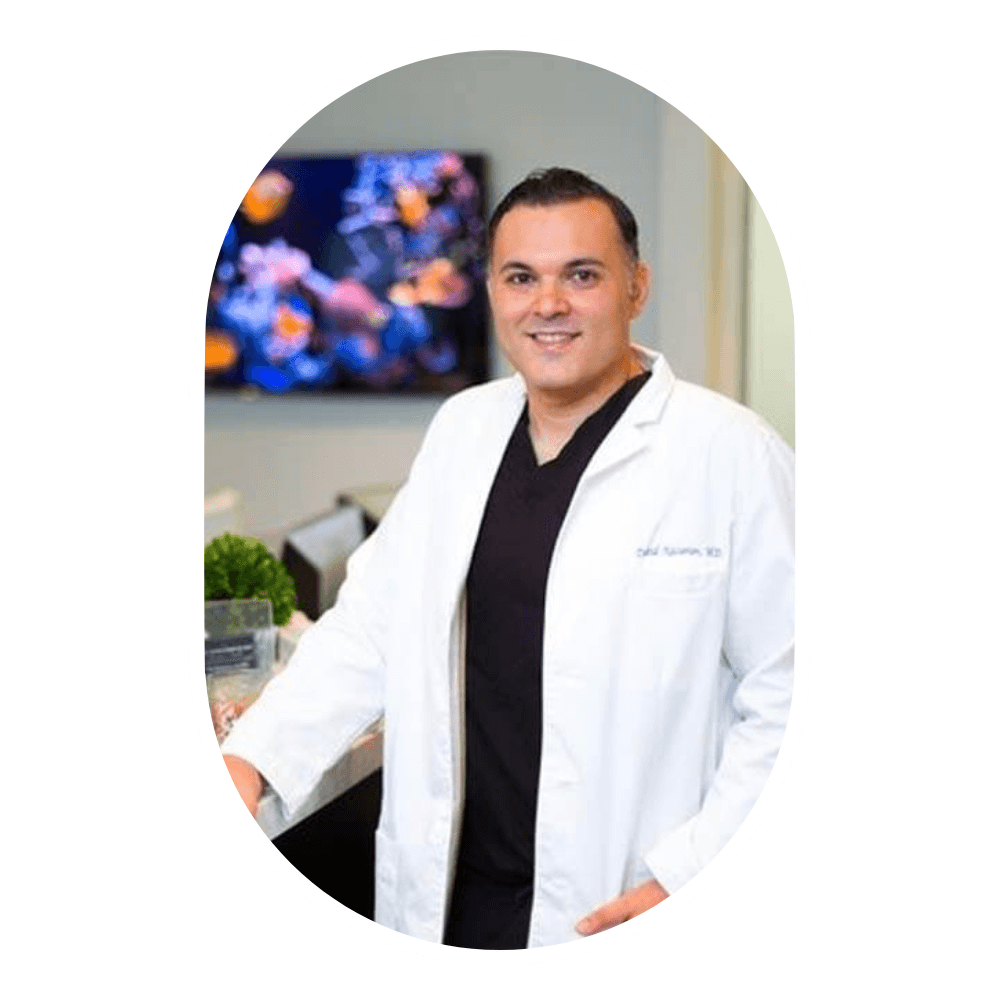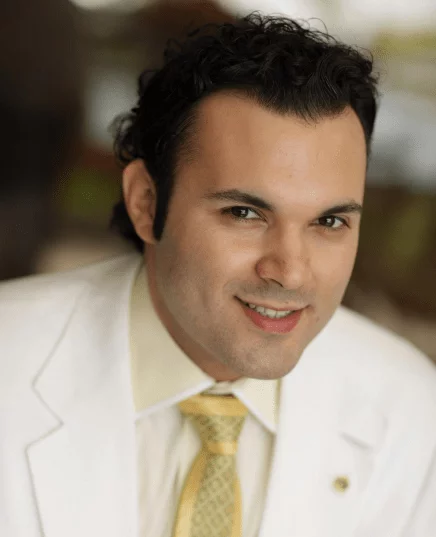If you are considering PRP hair treatment as a solution for your hair loss, it’s essential to be aware of the potential side effects of this type of procedure. This article will delve into infection during the healing process and other possible side effects of PRP injections for hair treatment.
I’ll explain how this risk can occur and what steps you can take to prevent it. With the proper care and precautions, you can minimize the chance of infection and ensure the best possible outcome from your PRP treatment.
PRP Hair Treatment Side Effects
PRP (platelet-rich plasma) hair treatment is a procedure in which a person’s blood promotes hair growth. Side effects of PRP hair treatment are generally minimal but may include discomfort or pain at the injection site, swelling, or redness.
There is also a small risk of infection or bleeding. However, it is important to remember that every individual may react differently to the treatment, so it’s always important to discuss it with a medical professional before undergoing any treatment.
Pain and Bleeding at the Injection Site
Patients may experience pain and bleeding at the injection site, as the procedure involves minor punctures on the skin to trigger active hair growth. This is a normal reaction caused by the concentration of platelets integrating into the hair follicle. Medical professionals use fine needles during the injection to minimize discomfort and may also apply numbing cream to the area.
Allergic Reactions
Allergic reactions to PRP injections are rare but can occur from other products used during the procedure, such as anesthesia or the needle from the syringe. To prevent this, a thorough screening of the patient’s medical history is important during initial consultations.
Infection
PRP injections can lead to a risk of infection at the injection site during the healing process. To prevent this, patients are advised to avoid other hair treatments and harsh chemicals post-treatment. If an infection occurs, patients should contact their doctor immediately.
Scar Tissue
Scar tissue may develop at the injection site due to the tiny wounds caused by the injections. Patients should consult their doctor on how to address this side effect.
Dizziness and Nausea
Dizziness and nausea are rare side effects of PRP for hair treatment but may occur due to pain from the procedure or a history of migraines.
Injury to Blood Vessels
Injuries to blood vessels may occur during the injection and may cause bleeding. Patients should contact their doctor if this happens.
Injury to Nerves
Injuries to nerves from PRP injections are rare but can occur if an unlicensed injector performs the procedure. To avoid this, patients should choose a trusted clinic for the treatment.
Selecting a qualified medical professional for the procedure is vital to minimize the risk of complications. Consult with Dr. David Nazarian in PRP Treatment Beverly Hills clinic for the most professional services.
What To Expect After PRP Hair Treatment?
After PRP hair treatment, you can expect mild swelling and redness at the injection site, which should resolve within a few days. Some people may also experience mild discomfort or pain, but you can usually manage this with over-the-counter pain medication. You will typically be able to return to your normal activities immediately following the procedure.
Results from PRP hair treatment may not be immediately visible. It can take several weeks or even months for new hair growth to become noticeable. You may need multiple treatment sessions for optimal results.
You should also take care of your scalp and hair after the treatment, as instructed by your doctor. This may include
- Avoiding certain hair treatments
- Washing your hair for a certain period
- Avoiding excessive sun exposure
It is essential to follow the aftercare instructions provided by your medical professional and to be patient, as results from PRP hair treatment may not be immediately visible.
Hair Treatments To Avoid After PRP Hair Treatment
After PRP hair treatment, it is generally recommended to avoid specific hair treatments that may interfere with the healing process or compromise the treatment results. These may include:
- Chemical treatments such as hair dyeing, perming, or straightening: These treatments can damage the hair and scalp and may also increase the risk of infection.
- Heat styling: Using hot tools such as flat irons or curling irons can cause damage to the hair and scalp.
- Certain hairstyles: Tight hairstyles such as braids or ponytails can put tension on the hair and scalp and may also increase the risk of infection.
- Hair loss treatments: Avoid any hair loss treatments such as topical minoxidil, finasteride, or other oral medications.
- Sun exposure: Avoid excessive sun exposure and wear a hat to protect your scalp from UV rays.
How Long does PRP Last for Hair?
The effects of PRP hair treatment can vary depending on the individual and the extent of hair loss. Typically, results can take several weeks or even months to become noticeable. It is generally recommended to have multiple treatment sessions, typically spaced 4-6 weeks apart, to achieve optimal results.
After the initial treatment, it is usually recommended to have maintenance treatments every 3-6 months to maintain the results. The maintenance frequency may vary depending on the individual and the extent of hair loss. It is important to consult a qualified medical professional to determine the appropriate treatment plan.
It’s important to note that PRP treatment is a non-surgical and non-invasive procedure. It does not halt or prevent hair loss completely; it is a supportive therapy to enhance the blood supply to the hair follicles and thus promote hair growth. Hair loss can be caused by various factors such as genetics, hormonal imbalance, medical conditions, medications, stress, etc.
Dos and Don’ts for PRP Injections

Dos
- Do follow the aftercare instructions provided by your medical professional.
- Be patient, as PRP hair treatment results may not be immediately visible.
- Take care of your scalp and hair by avoiding certain treatments, washing your hair, or excessive sun exposure, as instructed by your medical professional.
- Do ask your medical professional any questions or concerns you may have before the procedure.
- Do select a qualified medical professional for the procedure to minimize the risk of complications.
Don’ts
- Don’t dye, perm, or straighten your hair in the weeks following the treatment.
- Don’t use hot tools like flat irons or curling irons on your hair.
- Don’t wear tight hairstyles such as braids or ponytails that can put tension on the hair and scalp.
- Don’t use hair loss treatments such as topical minoxidil, finasteride, or other oral medications without consulting your medical professional.
- Don’t expose your scalp to excessive sun exposure; wear a hat to protect your scalp from UV rays.
Final Words
While PRP hair treatment is effective in treating hair loss, it is crucial to be aware of the potential side effects that may occur. You may experience pain and bleeding at the injection site and a risk of infection during the healing process. Additionally, scar tissue, dizziness, and nausea may also occur.
So, work closely with a medical professional to ensure proper care and treatment of any side effects. To minimize the risk of complications, it is essential to seek treatment from a trusted and licensed clinic like PRP Treatment Beverly Hills clinic.



